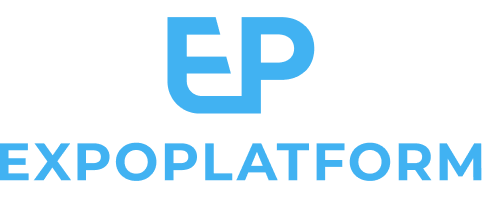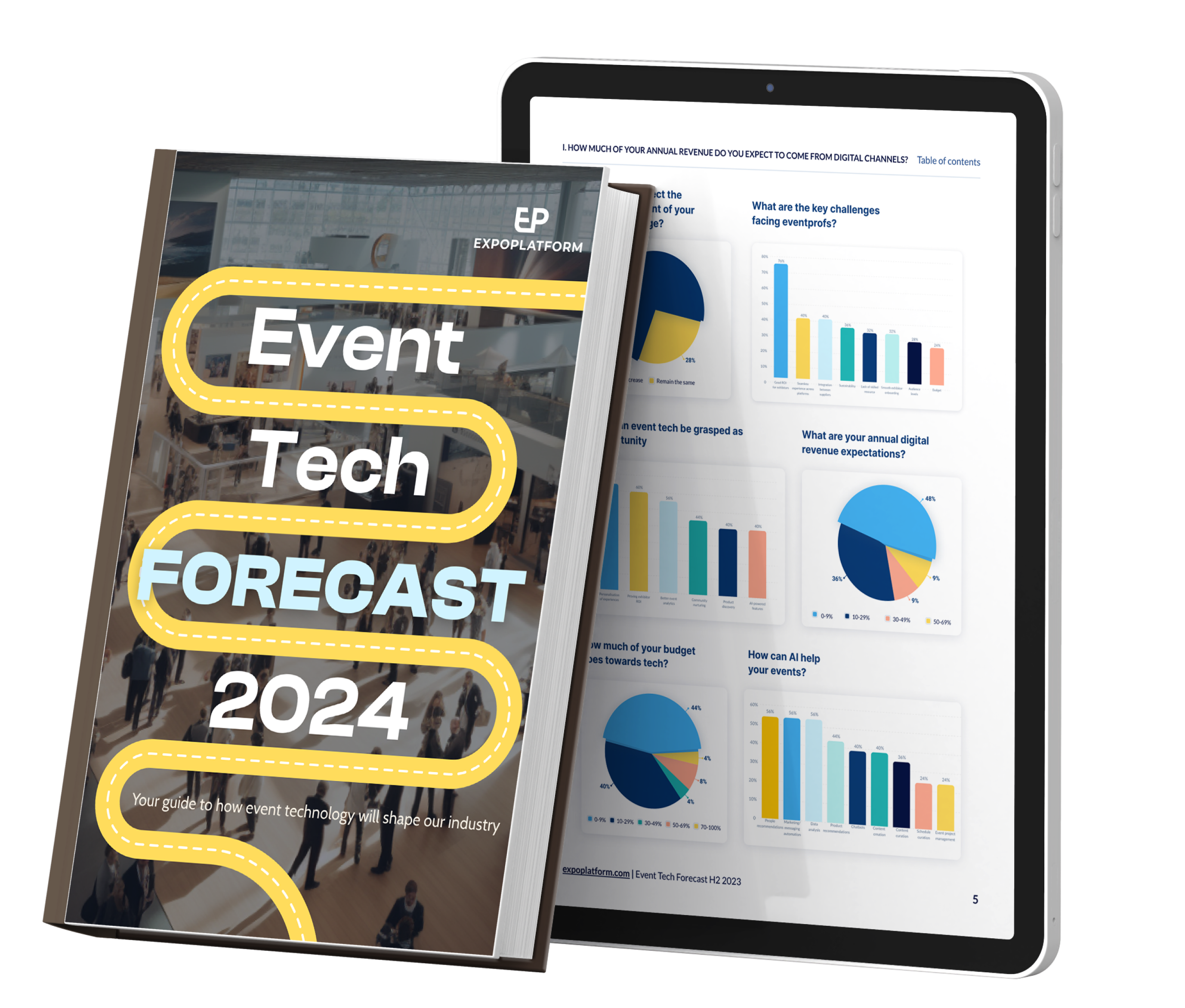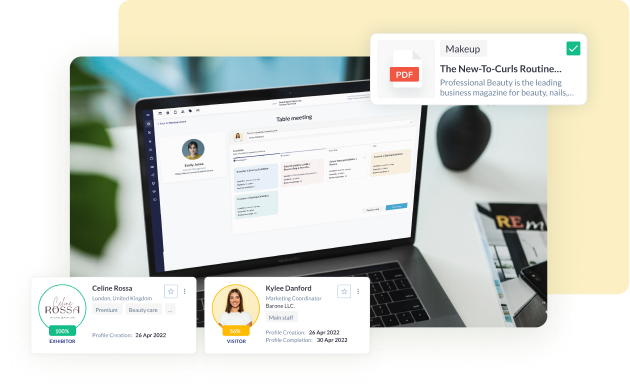
Big Data in your Pocket!
One of the main challenges each event organiser faces while launching advertising campaign is attracting of maximum number of high-yield participants and attendees. Ultimately, whatever way is chosen to attract these clients, a good marketing campaign will always be a part of the answer. The rise of social media and a leap in accessibility of context-sensitive information has expanded the marketing arsenal of event organisers. Three marketing strategies stand out – outbound, inbound, and community-oriented.
Outbound marketing practices , that force products and services on customers, have been around for a long time, and are still prevalent in some industries. In the event industry in particular, event organisers continue to rely on massive email campaigns to drive their marketing – a strategy that may not resonate so well with many recipients.
These marketing strategies tend to have a high cost and relatively low yield. Large chunks of marketing budgets are spent on sales and marketing in various media such as newspapers, magazines, and journals; putting together call centres that cold-call people based on a list of names from databases, sometimes even bought from third parties; mass-emails and direct mail; etc. Statistically, 91% of advertising email is never opened, 44% of direct mail is instantly binned, and 84% of people have admitted that they click out of websites with excessive, irrelevant, or intrusive advertising.
If you have ever been on the other end of a marketing phone call or have received heaps of junk mail from that one company that somehow got your email address you can understand why these approaches don’t work well.
One alternative is Inbound marketing . This is a strategy that focuses on customers finding you, rather than you going out to find them and it relies on earning people’s interest instead of buying it. The internet is being extensively used by people looking for solutions to their problems. For example, 79% of online shoppers spend at least 50% of their shopping time researching products, and the same is true for events. We spend most of our time online reading content, exchanging ideas, and, in the case of events, looking for ones that grab our attention with content and interactivity.
Content can be in the form of blogs, news posts and feeds, or useful resources. Whatever this content is, it should be relevant to the event topic. Integrating some social media is a quick way to earn extra exposure. Every share or like you receive, will instantly promote your content (and your event) within individual networks and increase the visibility to similarly-minded people.
Beyond just content, is interactive content. In fact, if you want to take your marketing to the next level, you need to create a community around your event. Doing this requires two things: a communication platform, and quality content. Providing the right tools to your attendees will enable effortless communication and exchange of ideas around the content you provide. You will also need to very clearly and convincingly explain the advantages of being a part of your event community. If you can get both of these right, your event website will quickly become not only an information page, but a marketing hub, where most of the marketing for your event is done by the very people to whom you do the marketing – exhibitors and attendees.
This is called community oriented marketing and has some clear advantages, worthy of a post in their own right, but the main two are low cost and easy access to attendees. The only costs involved are those around setting up and maintaining your site and the infrastructure that supports the tools that you provide to your community. Easy access to attendees will make getting feedback from participants easier and help you set the right course for your event.
How has your marketing strategy evolved?
There's more you might like
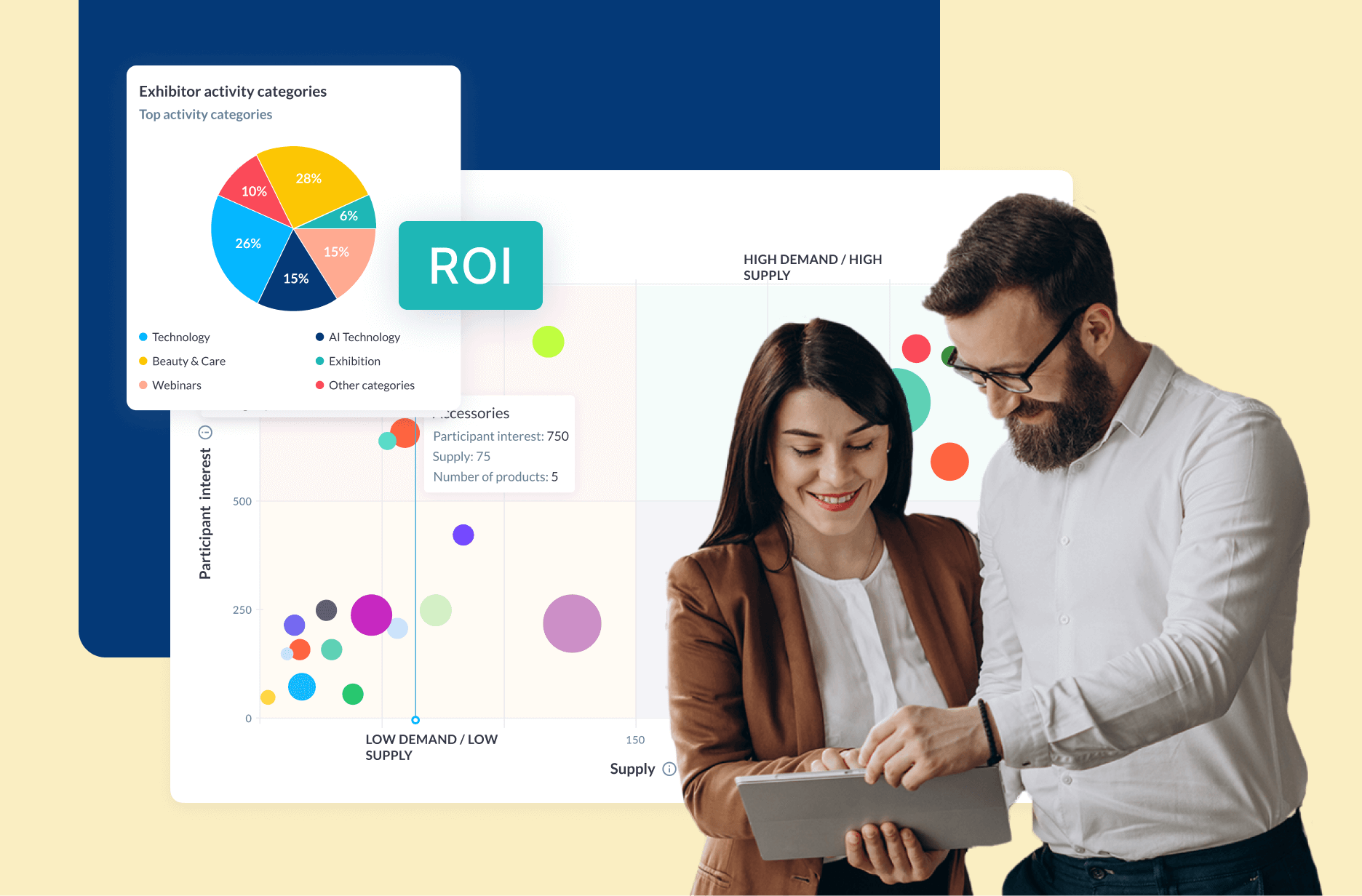
Five ways to drive tradeshow ROI with data analytics
Tradeshows are more digital than ever – with tech layers and advanced algorithms involved at almost every touchpoint. We are seeing this in pre-event activities to registration, onsite engagement, lead generation, post-event surveys and more. That’s why it’s critical to exploit the data from these touchpoints and convert them into successful business outcomes. This article ...
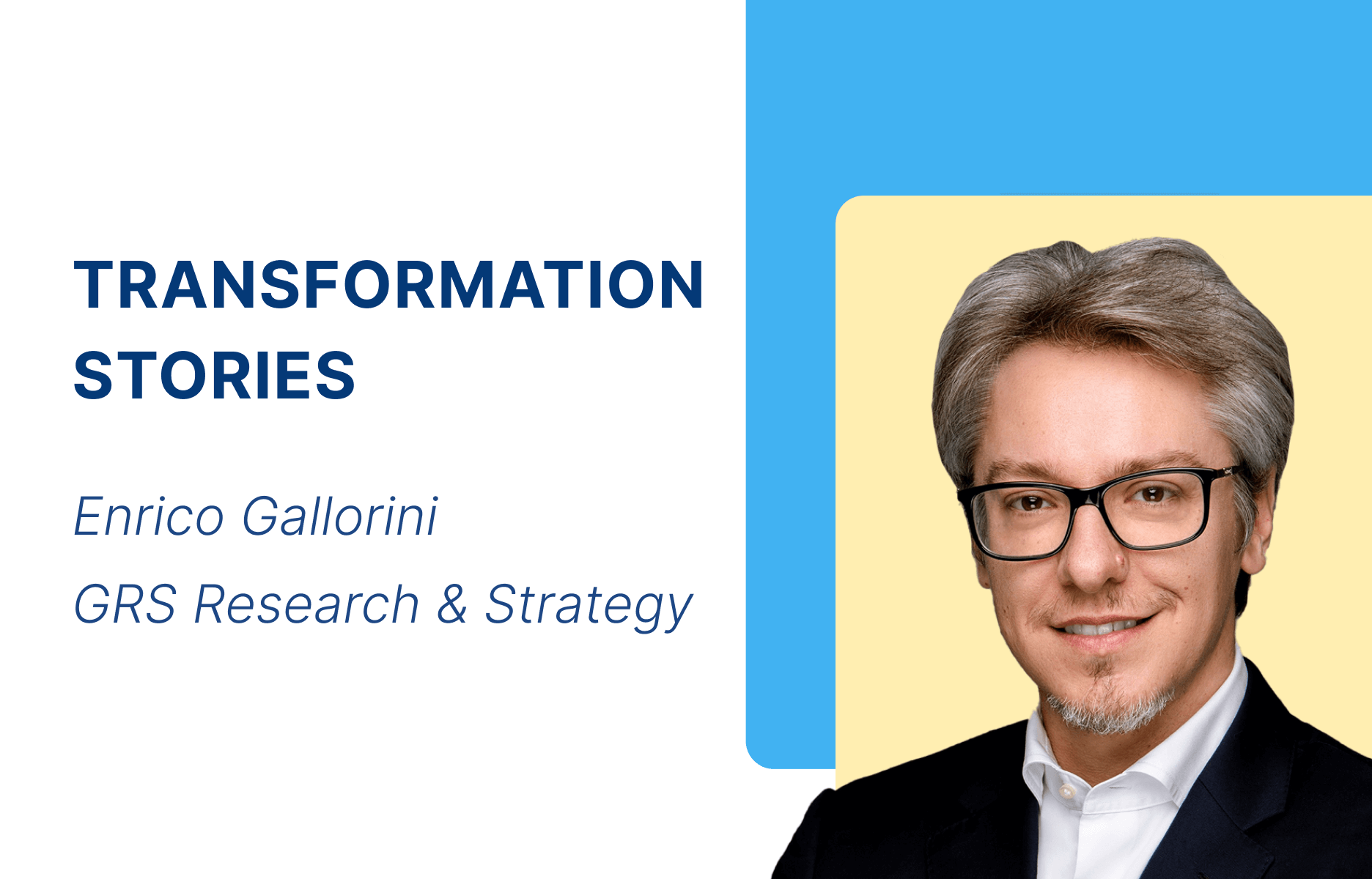
Event data overload ‘needs philosophers over scientists’
Eventprofs are faced with an overload of information which needs “more philosophers than data scientists”, according to an industry expert. Enrico Gallorini, co-founder of GRS Research & Strategy, believes organizers need to go back to basics with the questions they ask their audience, in order to really understand their needs. It comes after his company ...
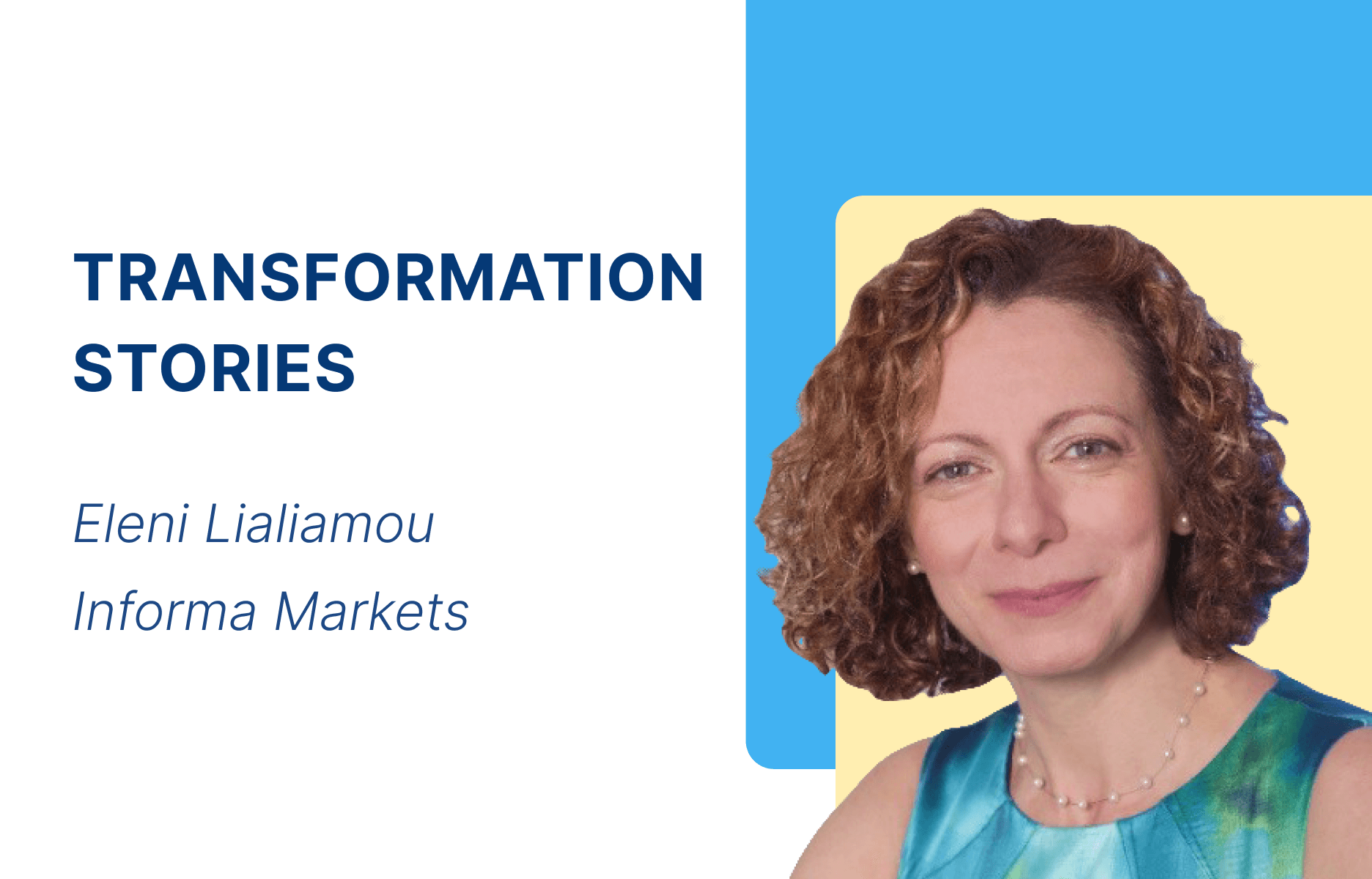
The ‘million dollar question’ about event data algorithms
The “million dollar question” facing organizers right now is over how event data can create high-quality recommendations, according to an industry expert. Eleni Lialiamou, executive vice president of product management at Informa Markets, believes the way we live our lives has been transformed through technology – and exhibitions deserve the same. But how close we ...
